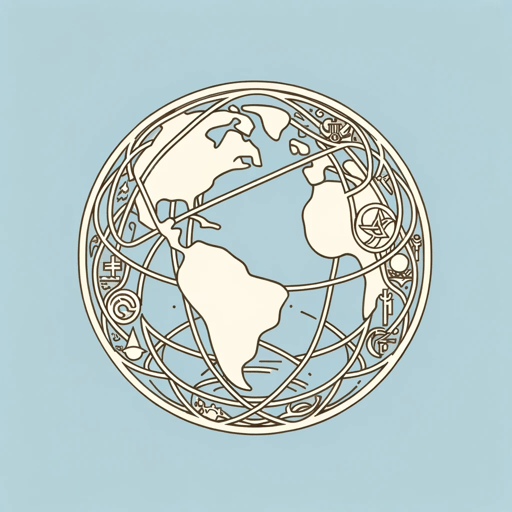54 pages • 1 hour read
Robin KelleyFreedom Dreams: The Black Radical Imagination
Nonfiction | Book | Adult | Published in 2002A modern alternative to SparkNotes and CliffsNotes, SuperSummary offers high-quality Study Guides with detailed chapter summaries and analysis of major themes, characters, and more.
Chapter 3Chapter Summaries & Analyses
Chapter 3 Summary: “Roaring from the East: Third World Dreaming”
The third essay analyzes the impact of global anticolonial movements on the development of the Black Power movement in the United States, beginning in the 1960s, with a particular focus on the Black radical Revolutionary Action Movement (RAM) and its offshoots. These groups were inspired by international Marxism-Leninism-Maoism, a militant form of Communism that advocates for the lower classes to seize the means of production, such as farms and factories, which would then be controlled democratically by the people.
Kelley opens the essay with a discussion of the conventional narrative of the rise of the Black Power movement in the United States. As recounted by Kelley, the story often begins with Brown v. Board of Education, the 1954 Supreme Court decision that banned racial segregation in schools, and with the 1955 murder of a 14-year-old Black boy named Emmett Till in Mississippi. These events sparked protest movements across the United States, culminating in the Civil Rights Act in 1964 and the Voting Rights Act the following year. However, despite these gains, which Kelley describes as “Pyrrhic victories” (61), Black leaders and activists continued to be targeted without any support from the state or police.

